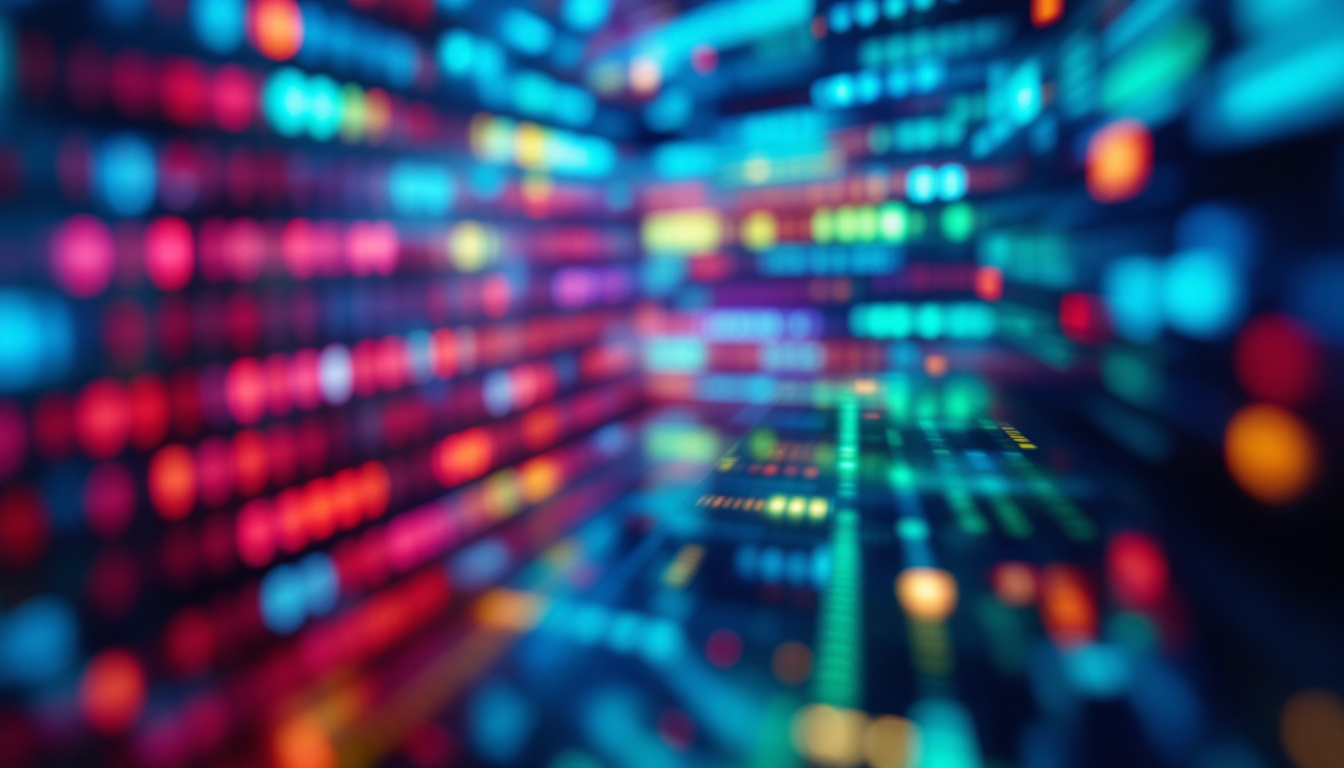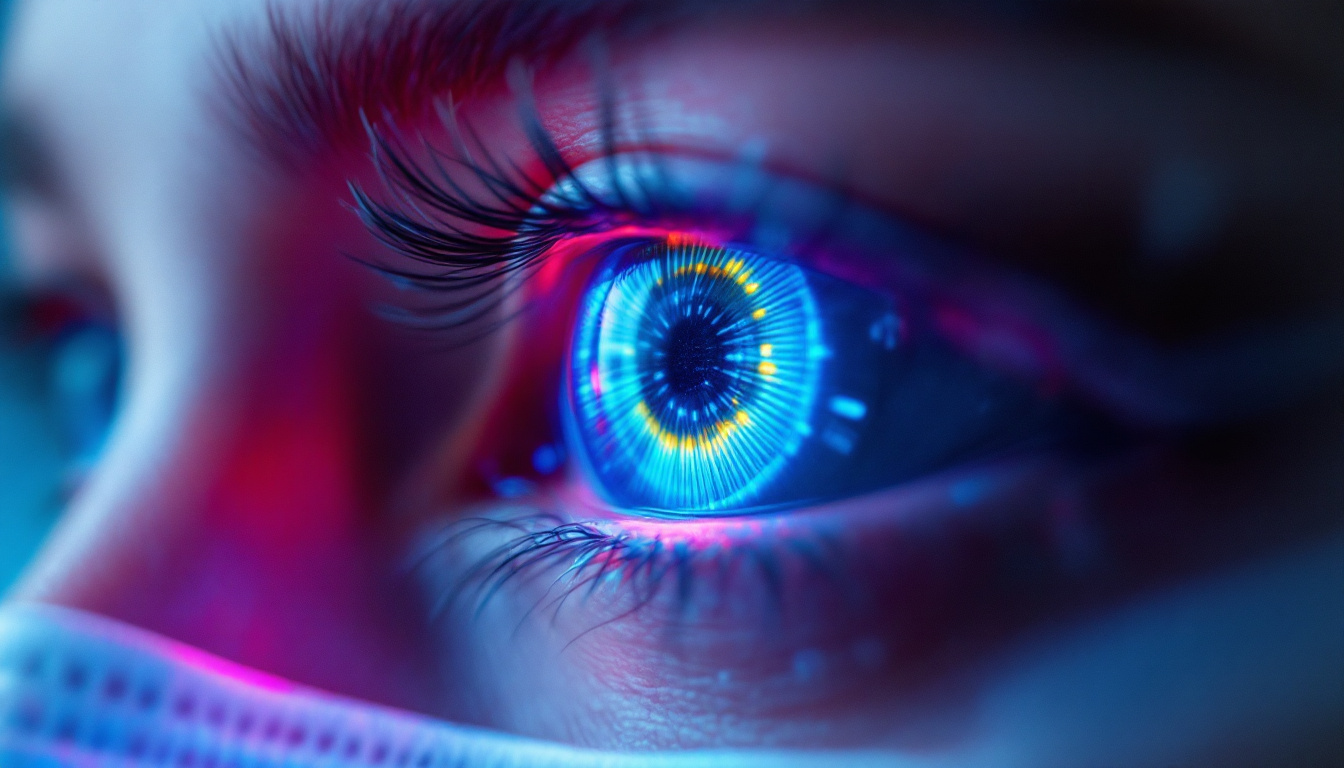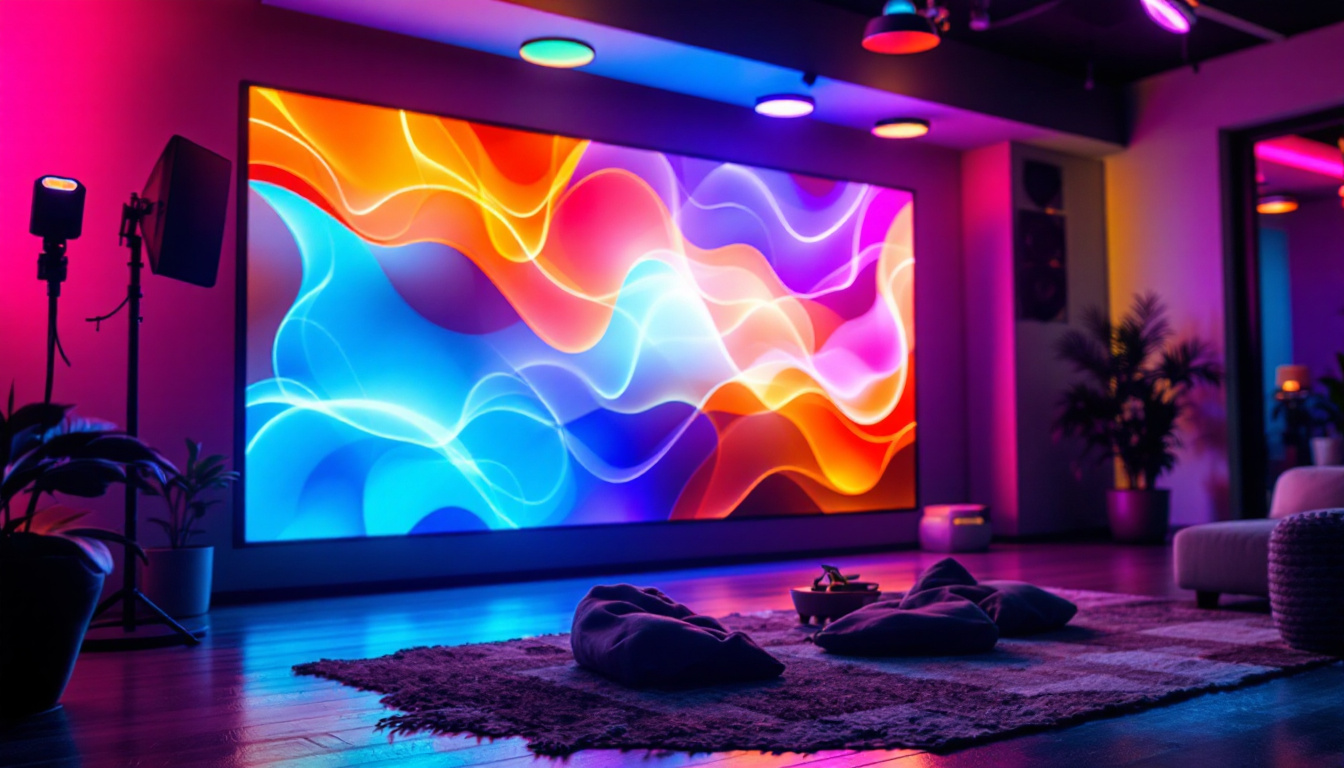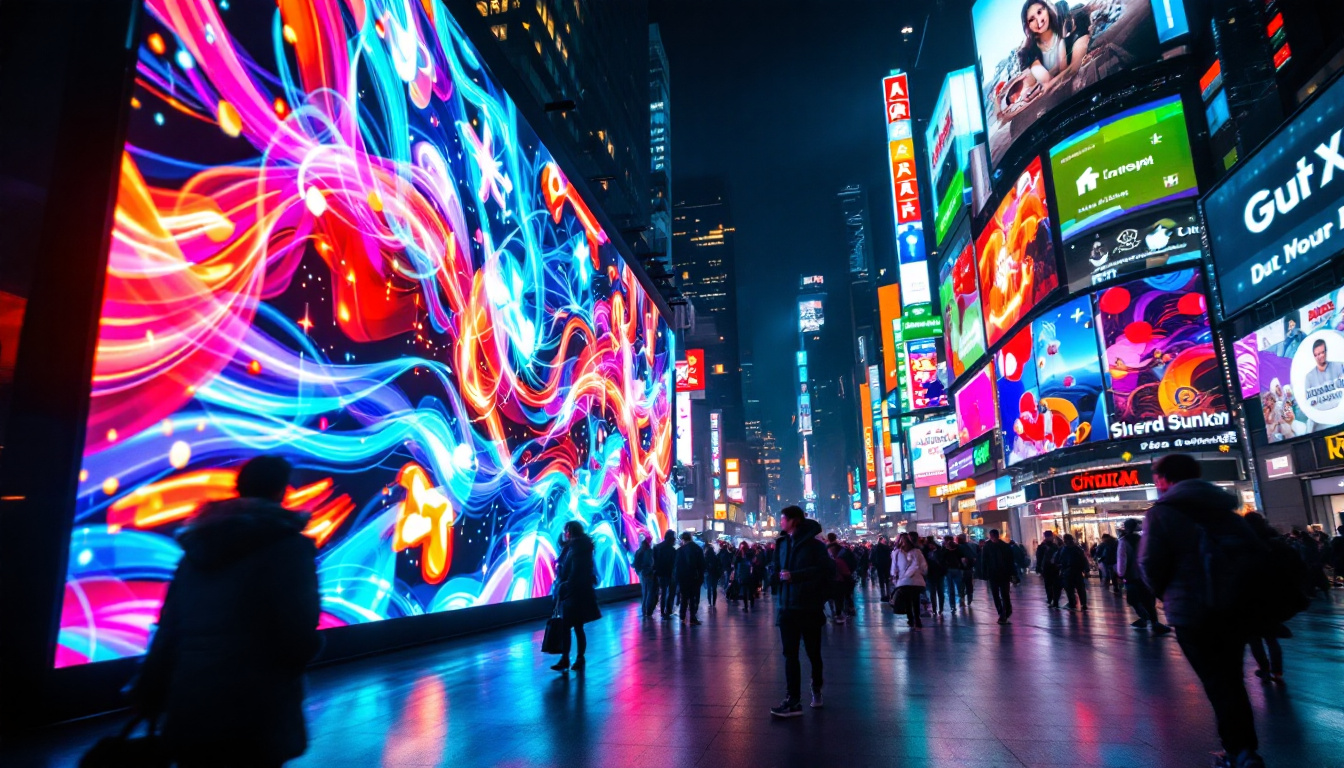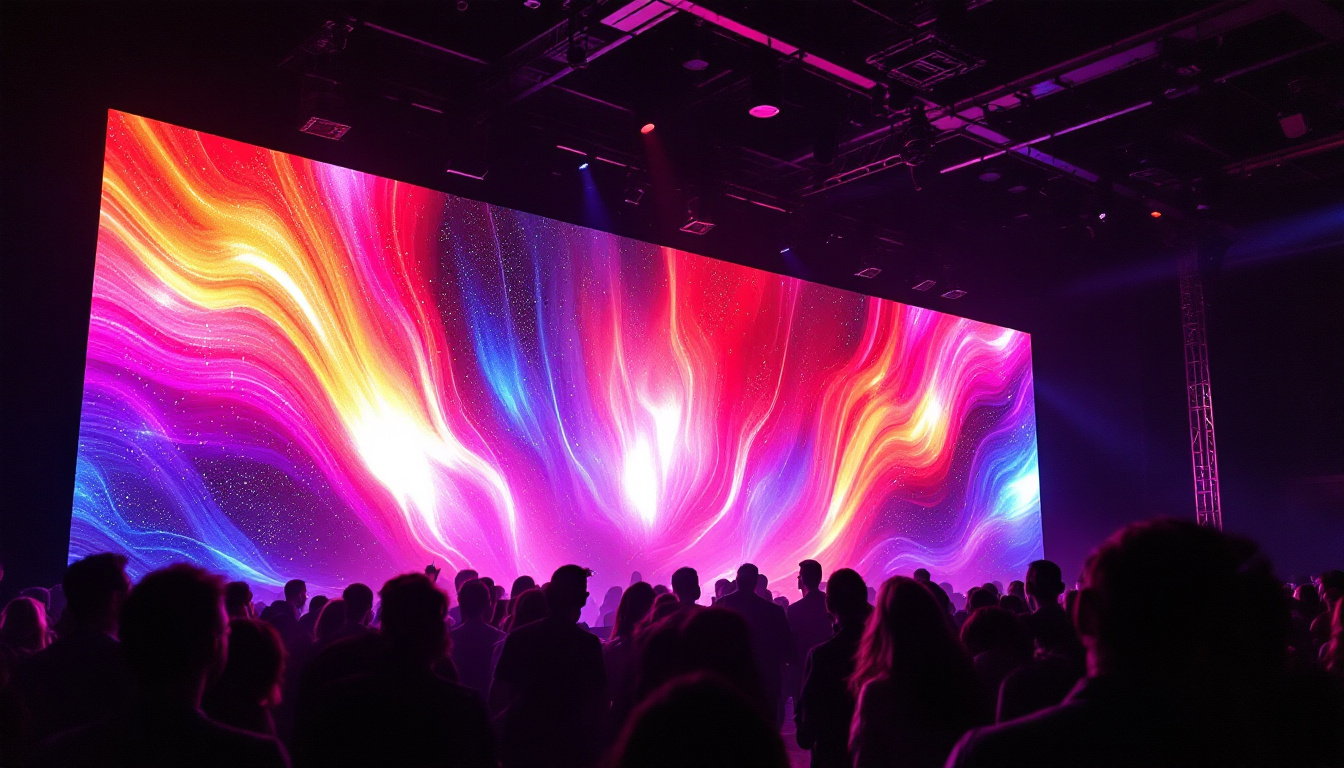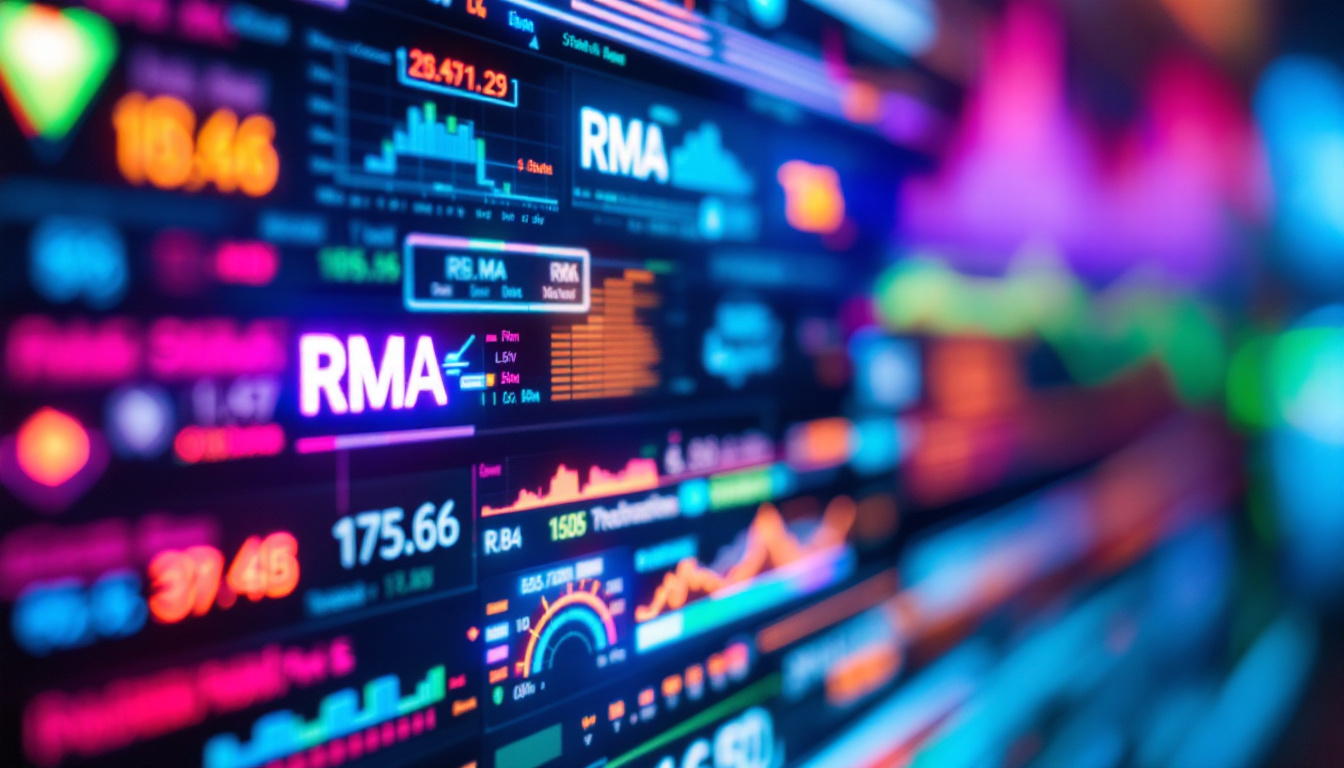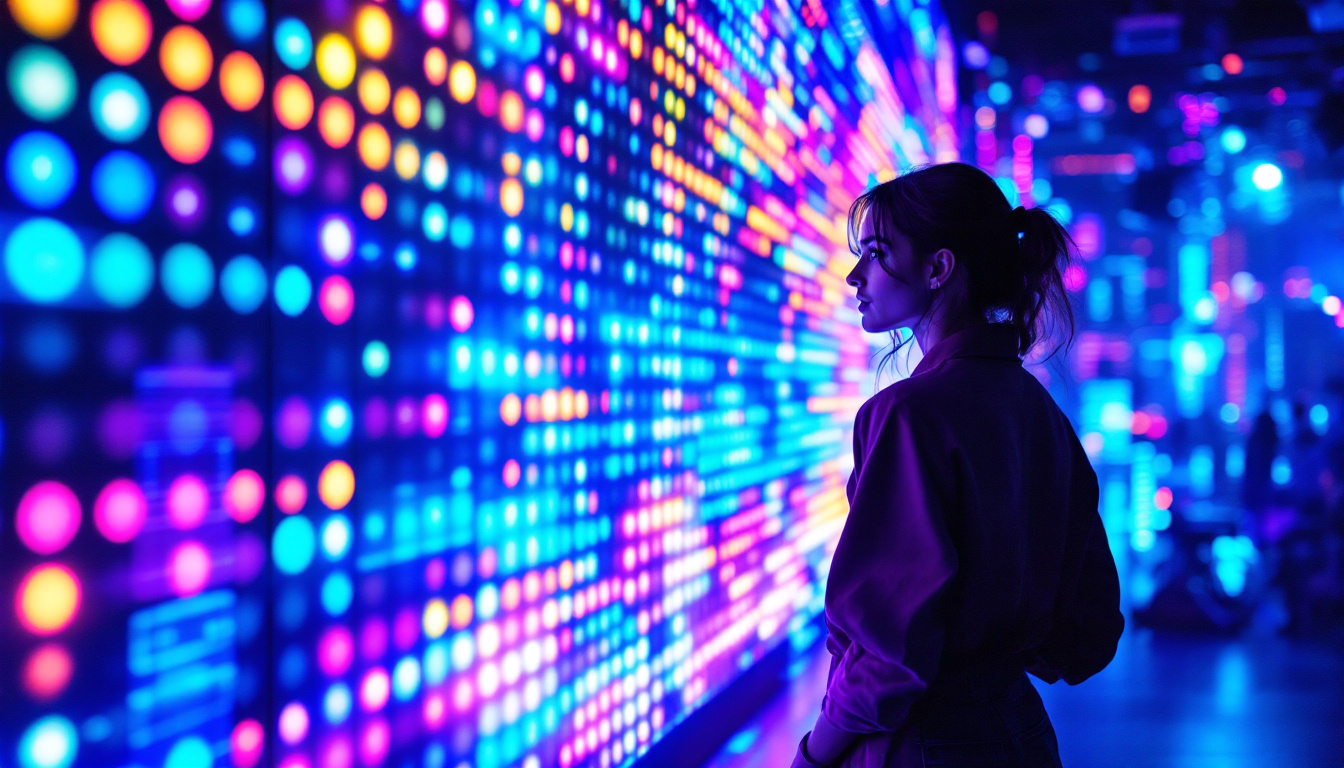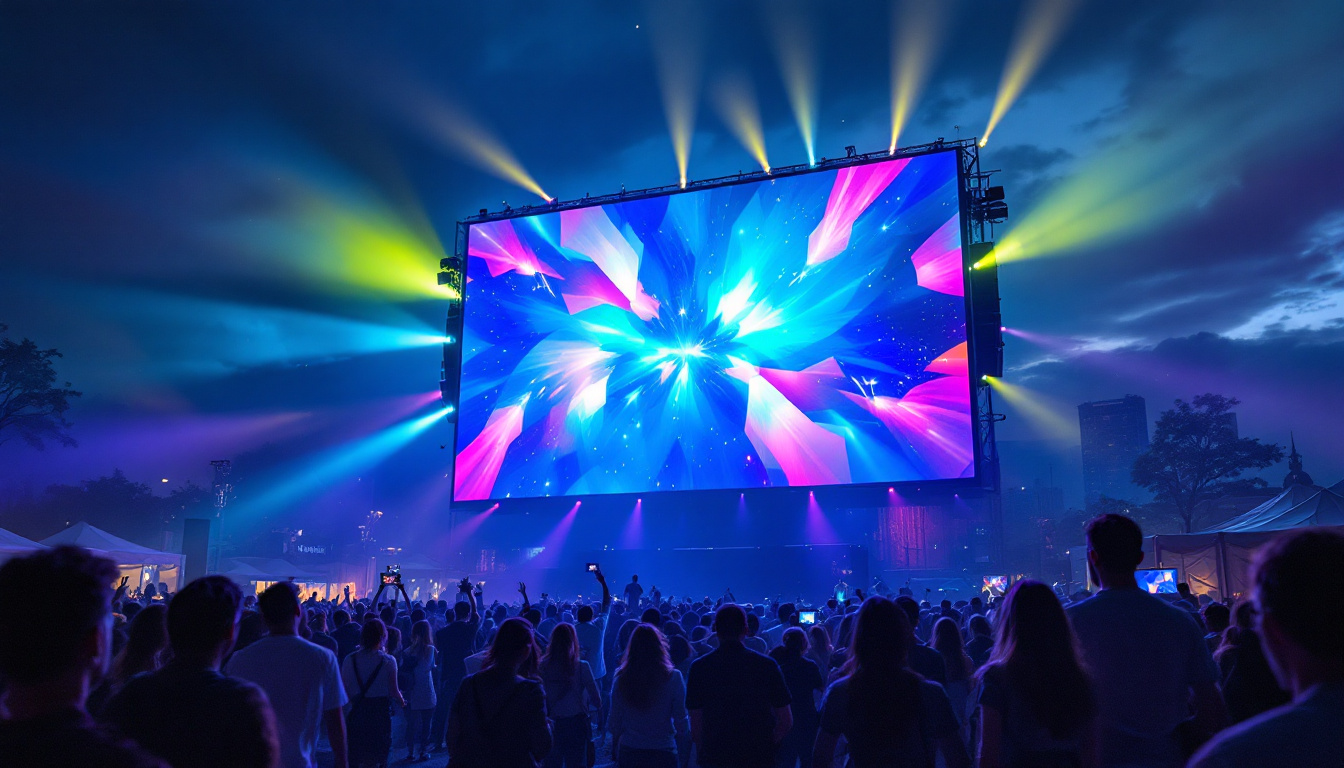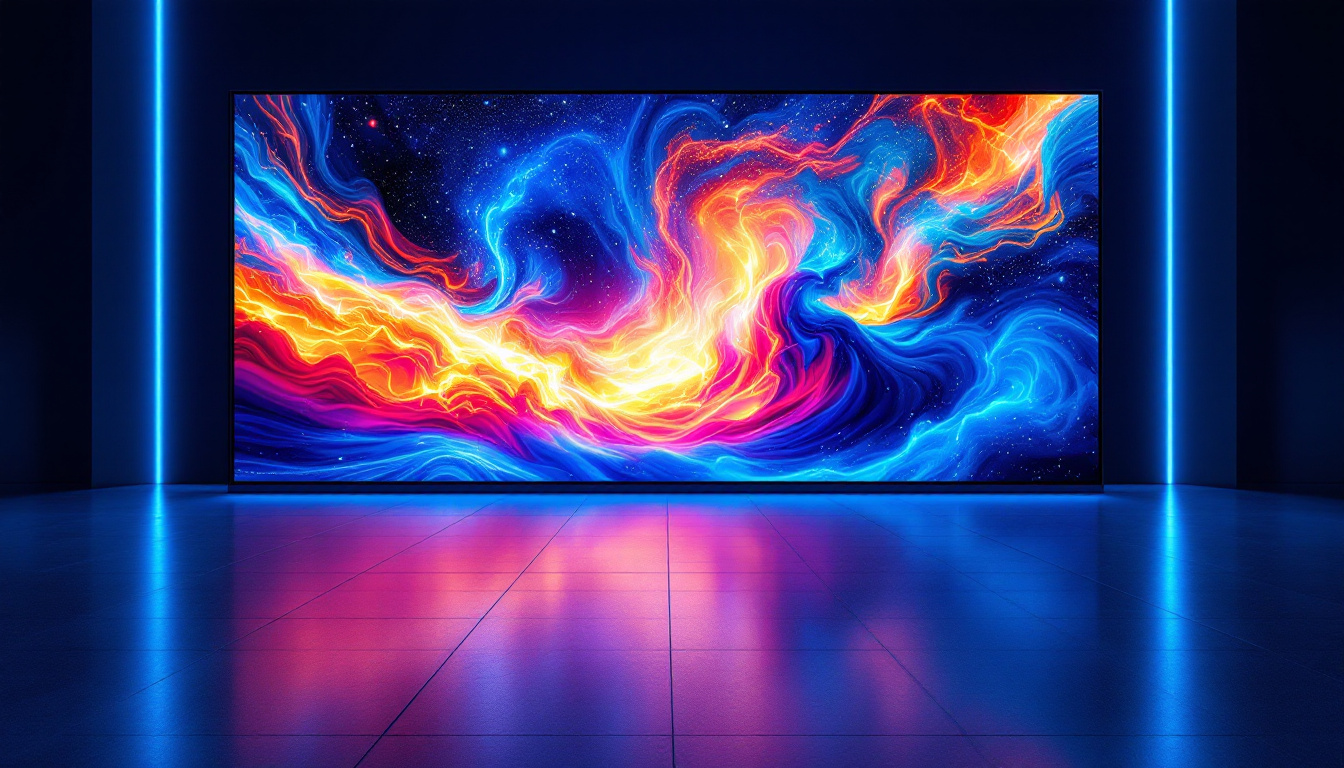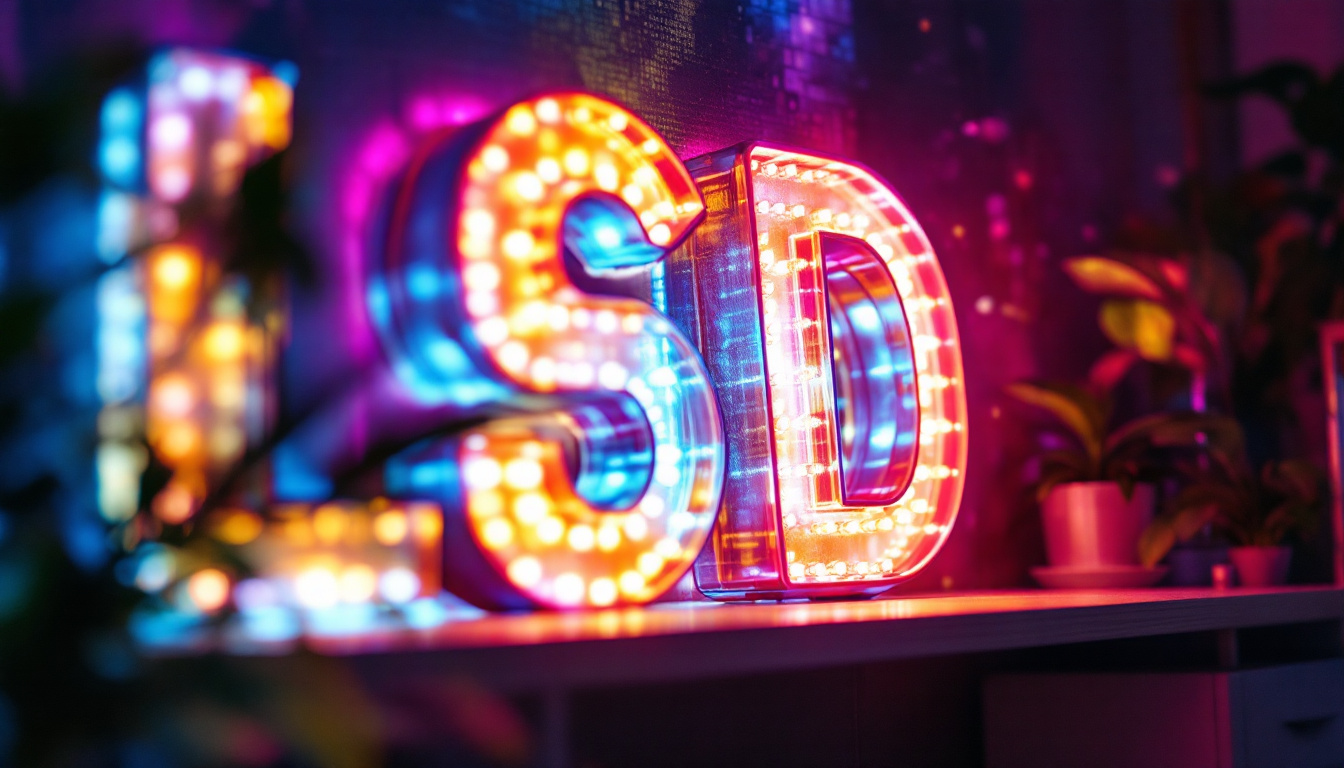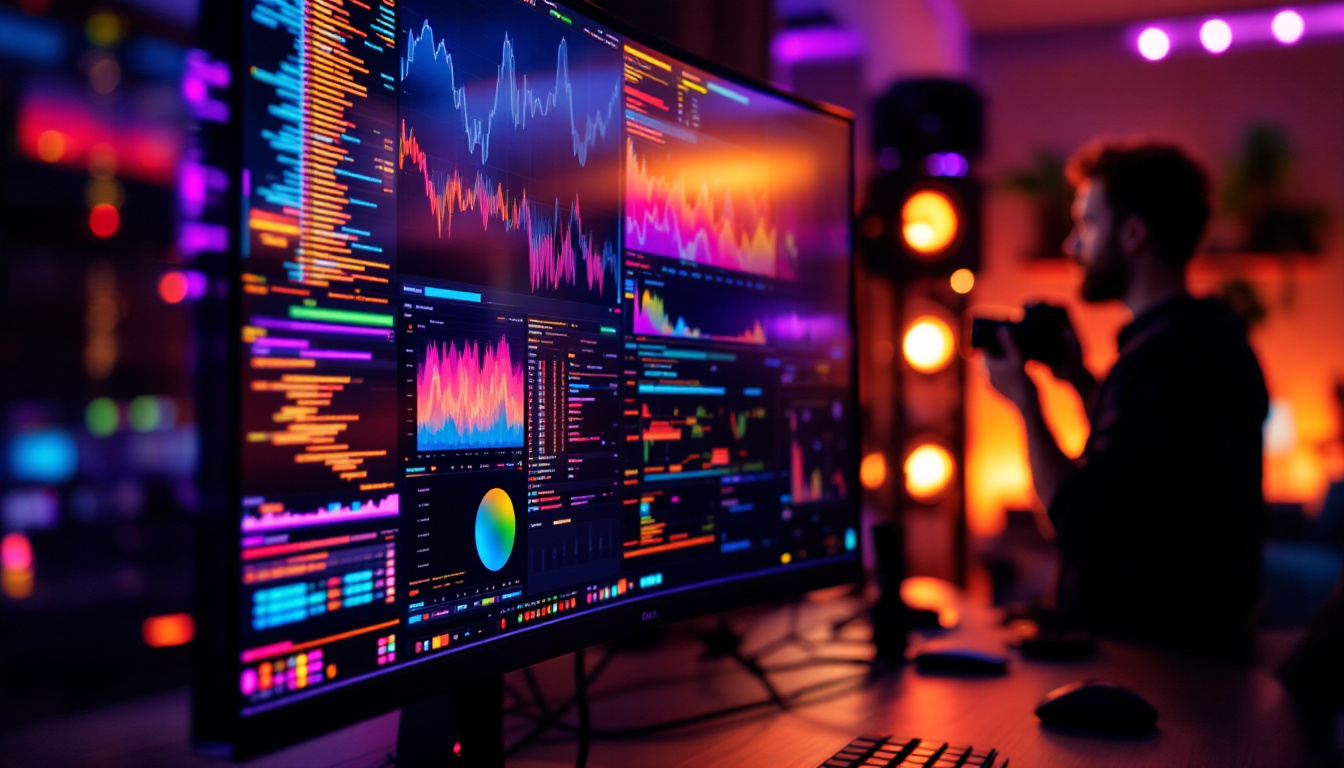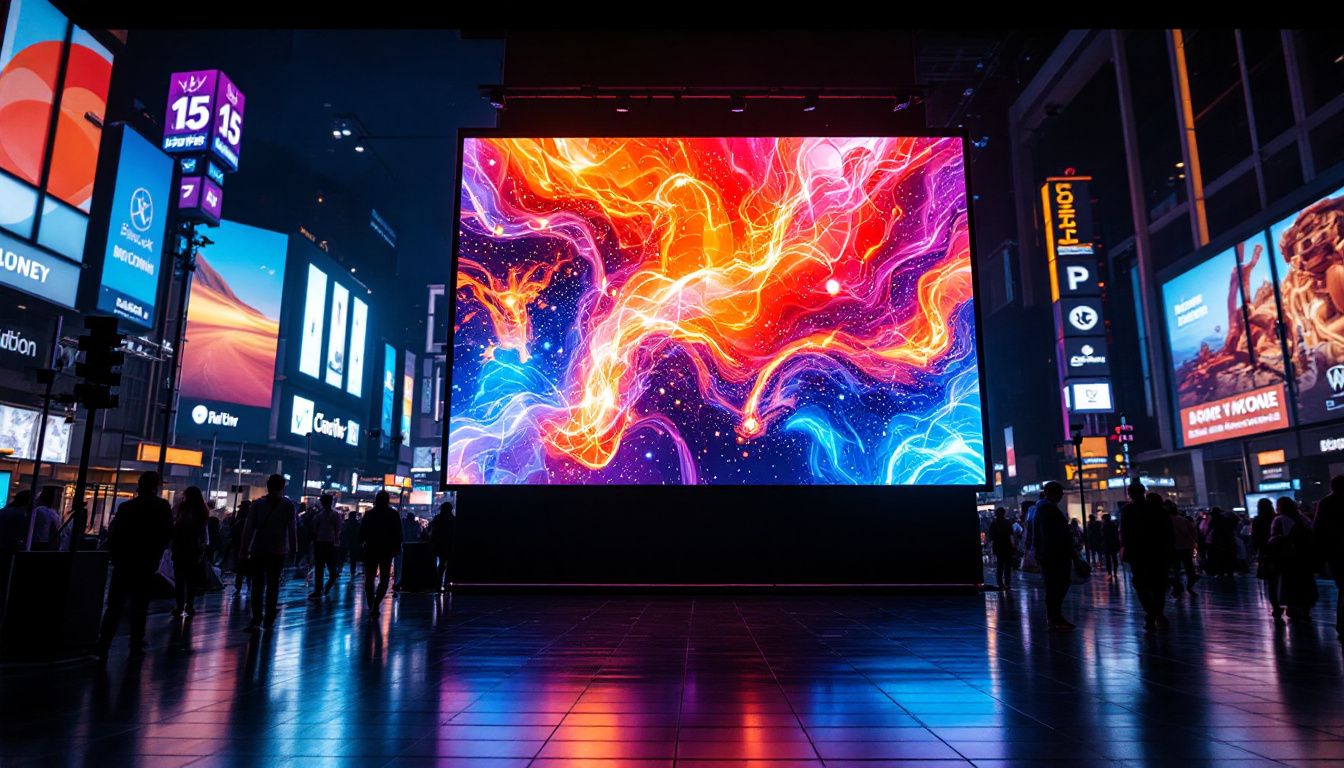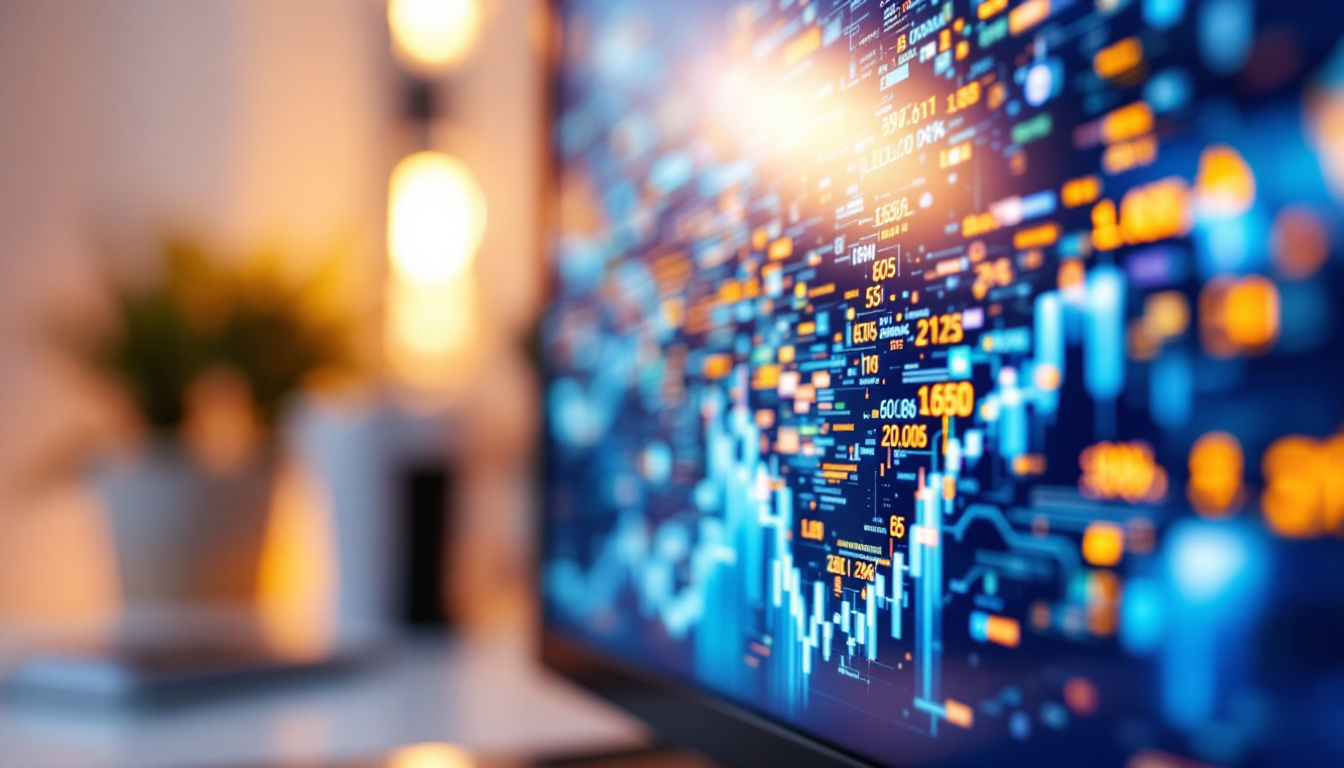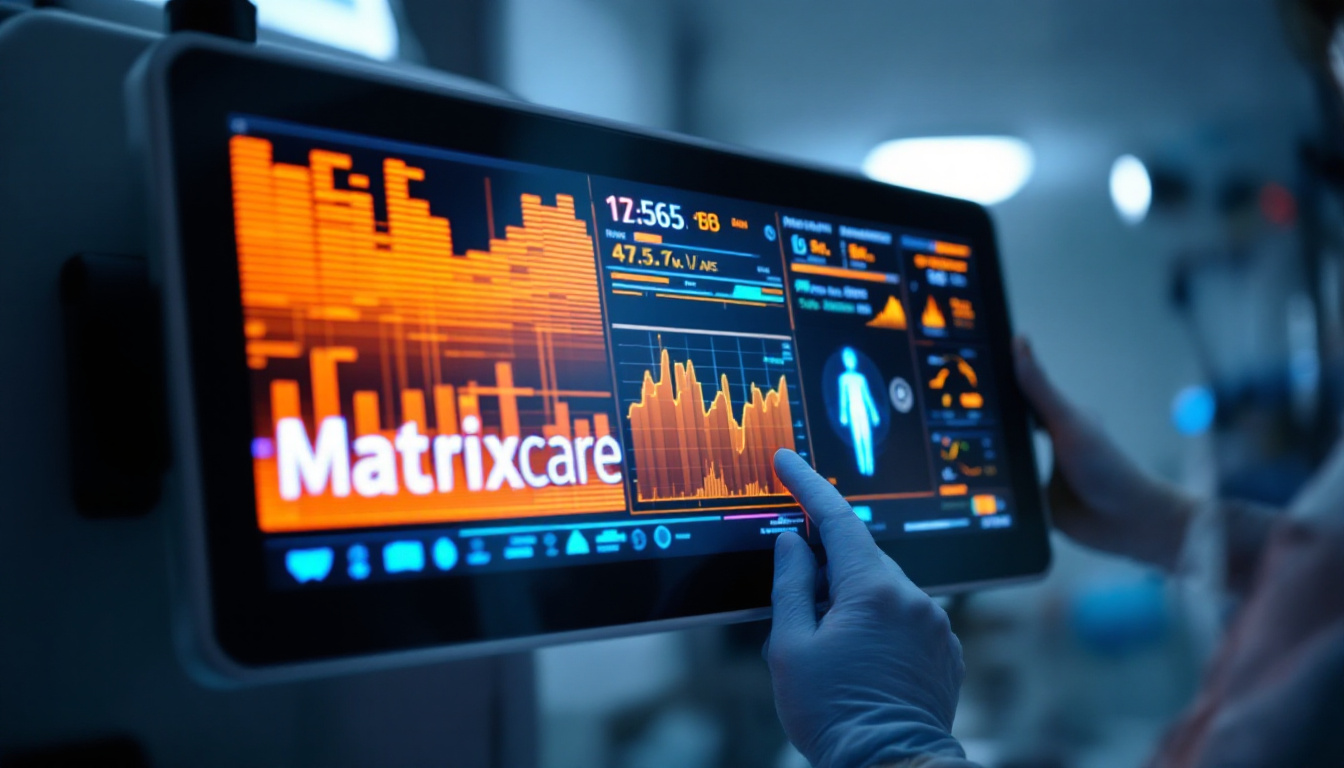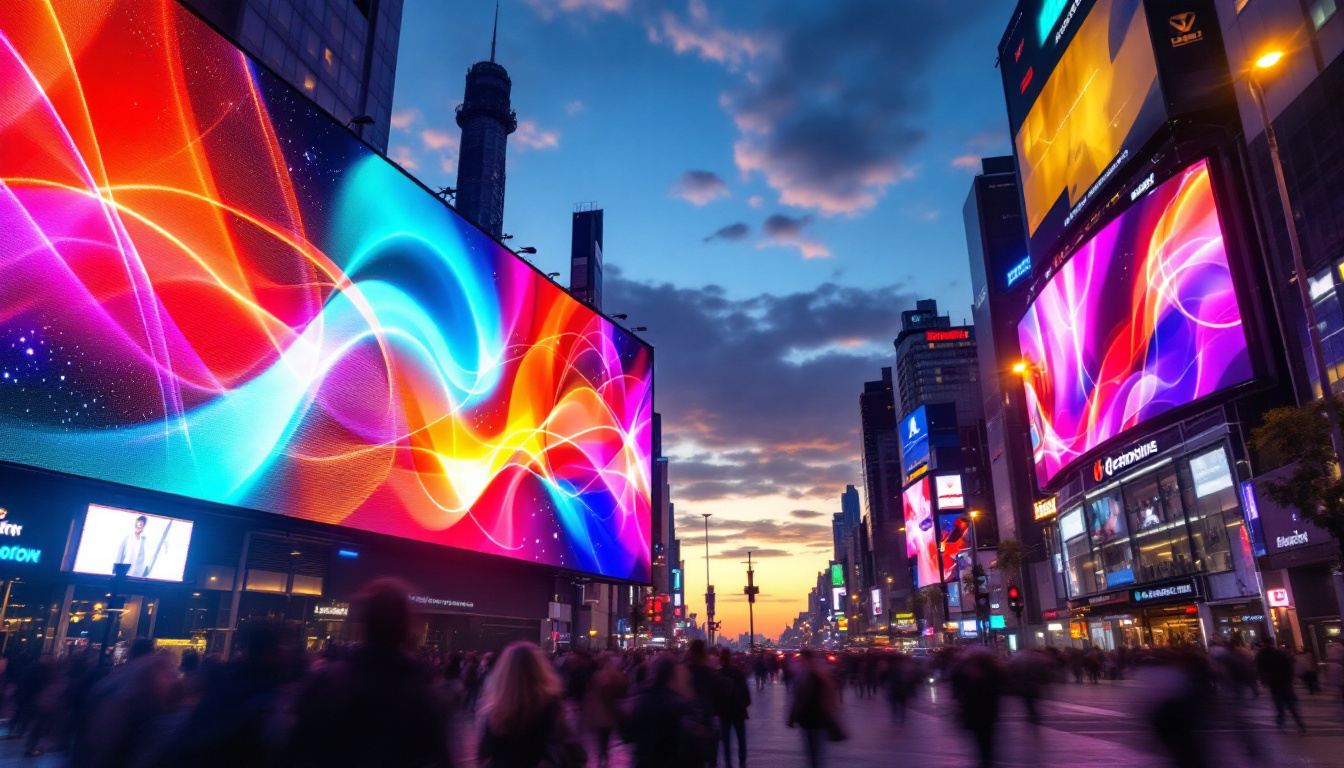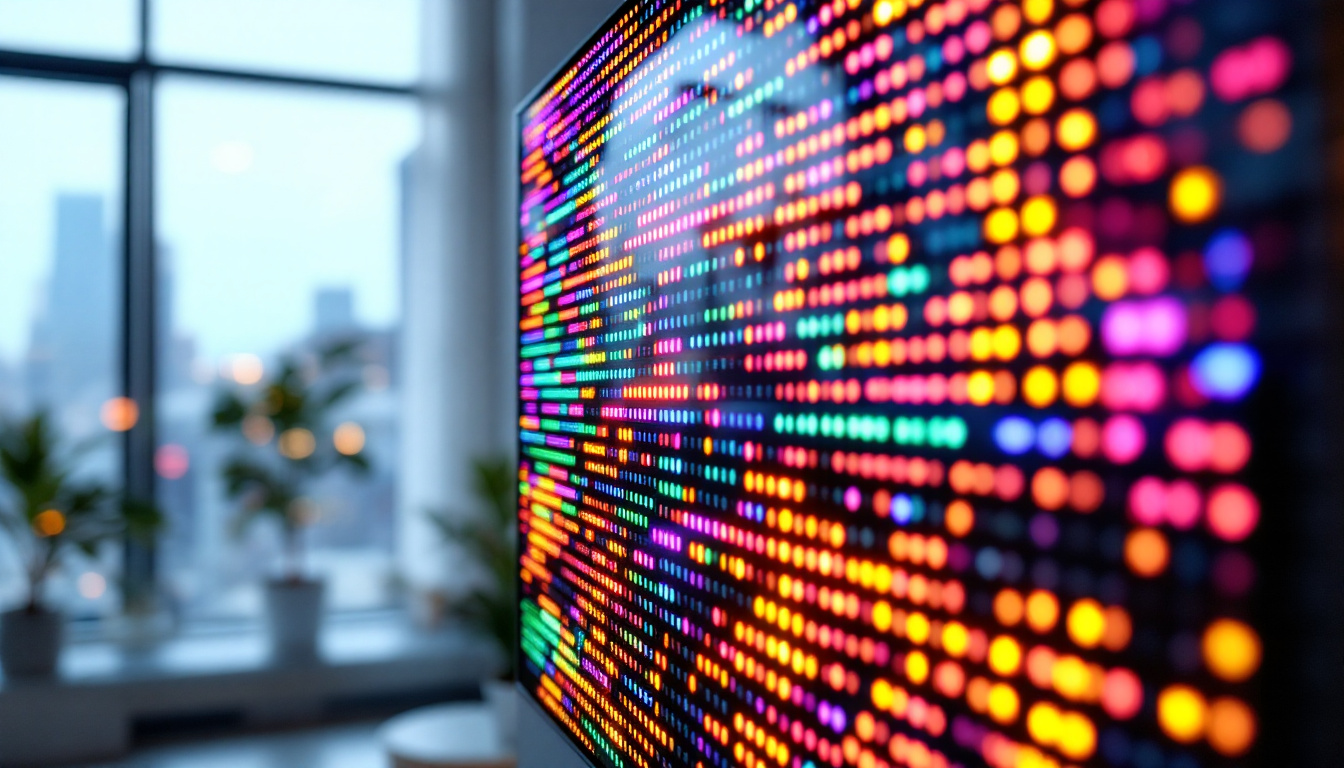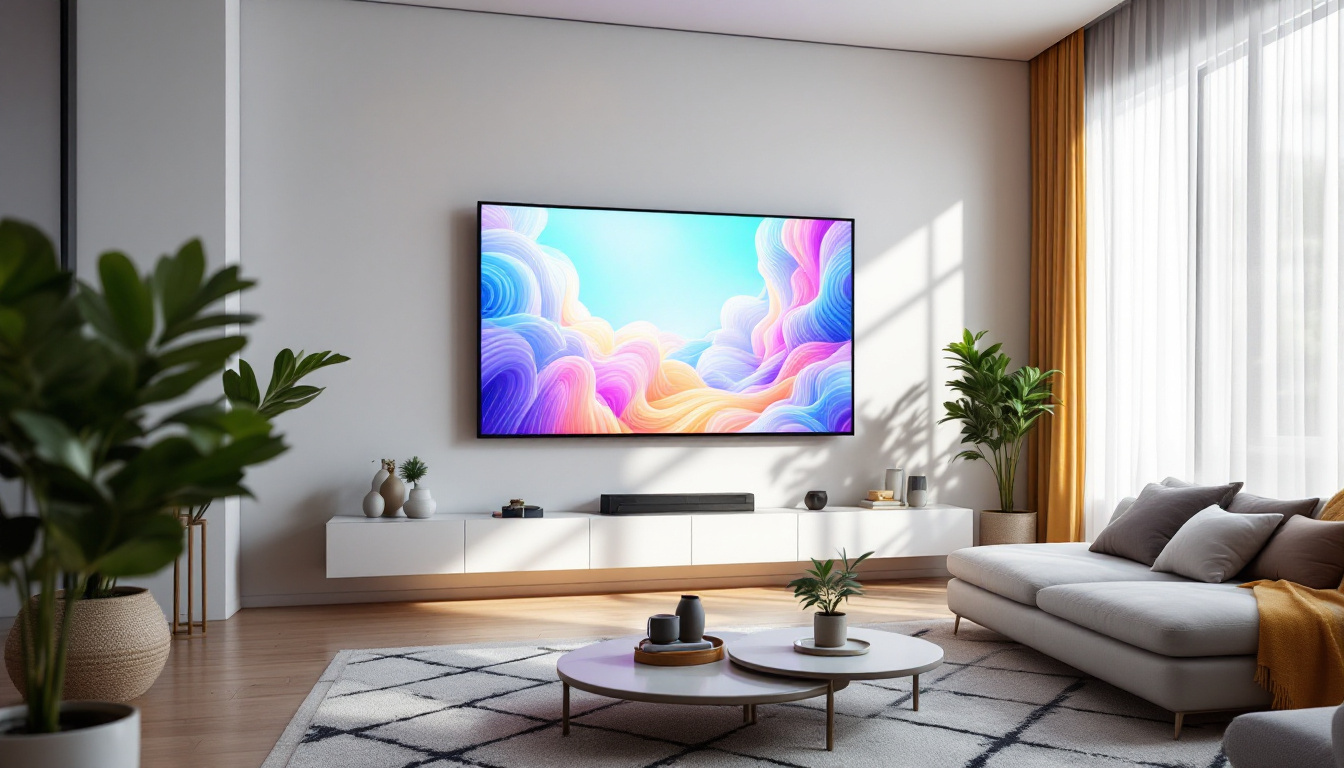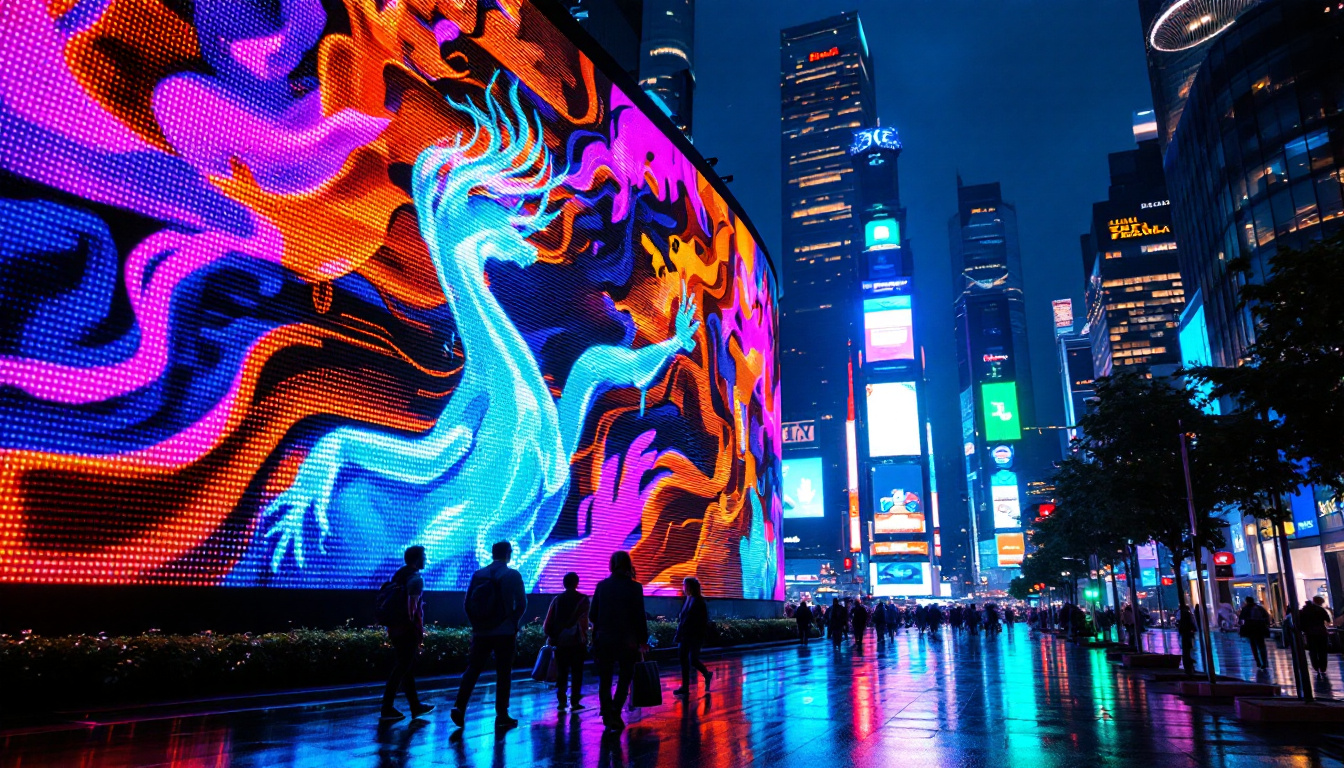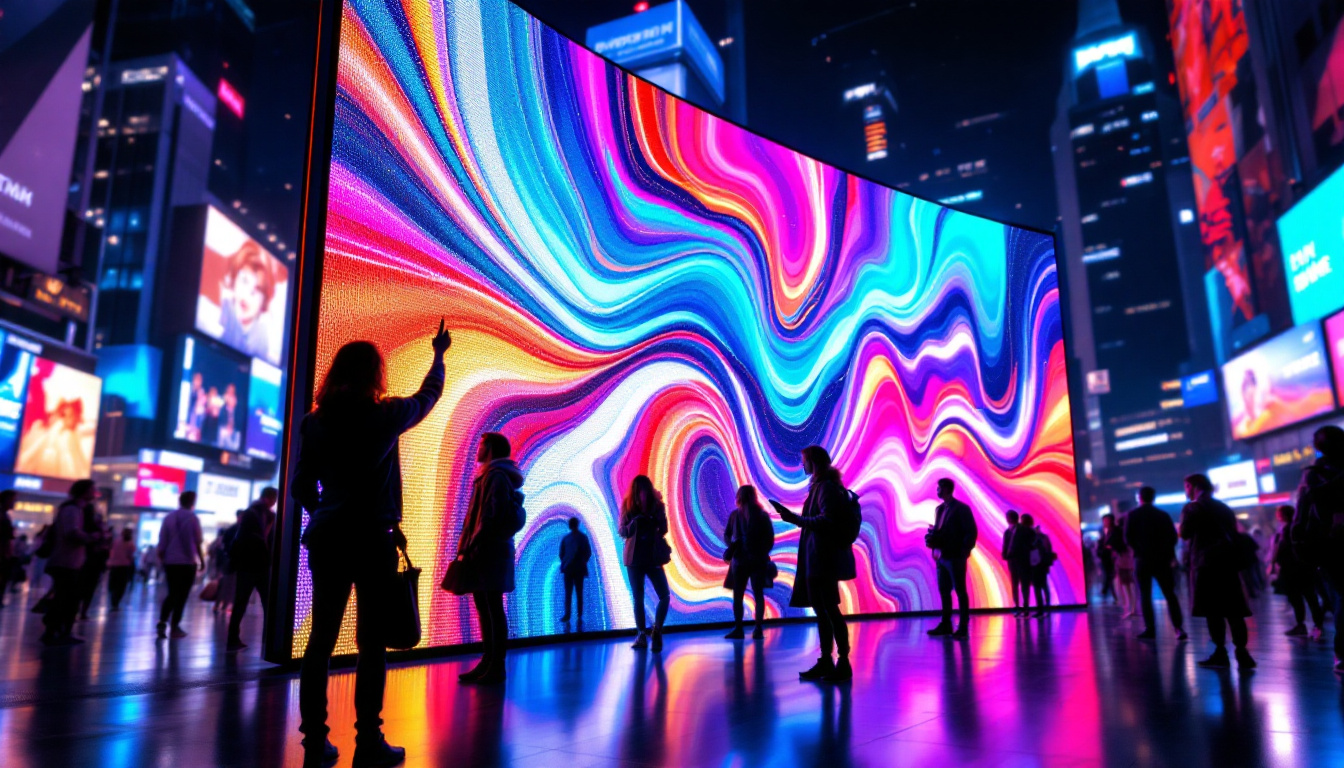In the modern world, screens have become an integral part of daily life, serving various purposes from entertainment to communication. Among the different types of displays available, LED (Light Emitting Diode) technology stands out for its efficiency, brightness, and versatility. This article will delve into the intricacies of LED displays, exploring their functionality, advantages, and applications.
Understanding LED Technology
LED technology is based on the principle of electroluminescence, where a semiconductor emits light when an electric current passes through it. This fundamental process is what makes LED displays distinct from traditional display technologies such as LCD (Liquid Crystal Display) and CRT (Cathode Ray Tube). The efficiency of LEDs not only leads to lower energy consumption but also results in longer lifespans compared to their predecessors, making them a more sustainable choice for consumers and businesses alike.
How LED Displays Work
At the core of an LED display are tiny diodes that emit light in various colors. These diodes are arranged in a grid pattern, forming pixels that combine to create images. Each pixel can be controlled independently, allowing for a wide range of colors and brightness levels. The combination of red, green, and blue (RGB) diodes in each pixel enables the display to produce millions of colors, enhancing the visual experience. This capability is particularly beneficial in applications such as gaming and digital signage, where vibrant colors and dynamic content are essential for capturing audience attention.
LED displays can be categorized into two main types: direct-lit and edge-lit. Direct-lit LED displays have LEDs placed directly behind the screen, providing uniform brightness and better contrast. In contrast, edge-lit displays have LEDs positioned along the edges of the screen, which can lead to uneven lighting but allows for thinner designs. The choice between these types often depends on the specific needs of the user, such as the desired form factor and the importance of picture quality in the intended viewing environment.
Types of LED Displays
LED displays come in various forms, each suited for specific applications. The most common types include:
- Standard LED Displays: These are widely used in televisions and monitors, offering high brightness and energy efficiency.
- OLED Displays: Organic LED displays use organic compounds to emit light, providing deeper blacks and better color accuracy. This technology is particularly favored in high-end televisions, as it allows for a more immersive viewing experience.
- Mini-LED and Micro-LED Displays: These advanced technologies utilize smaller diodes for improved contrast and color performance, making them ideal for high-end applications. Mini-LEDs enhance backlighting in LCDs, while Micro-LEDs represent a revolutionary step forward, offering self-emissive properties similar to OLEDs but with greater durability and brightness.
In addition to these types, LED technology is also making waves in the realm of flexible displays. These innovative designs allow screens to bend and curve, opening up new possibilities for creative applications in smartphones, wearables, and even large-scale installations. The adaptability of LED technology continues to inspire advancements in display design, pushing the boundaries of what is possible in visual technology.
Advantages of LED Displays
LED displays offer numerous advantages over traditional display technologies, making them a popular choice for both consumers and businesses. Understanding these benefits can help in making informed decisions when selecting display options.
Energy Efficiency
One of the most significant advantages of LED displays is their energy efficiency. Compared to LCDs and CRTs, LED displays consume considerably less power, leading to lower electricity bills and a reduced carbon footprint. This efficiency is particularly beneficial for large installations, such as digital billboards and video walls, where energy costs can accumulate rapidly. In addition, many LED displays come with features like automatic brightness adjustment, which further optimizes energy consumption based on ambient light conditions, ensuring that users are not wasting power unnecessarily.
Brightness and Color Accuracy
LED displays are known for their exceptional brightness levels, making them suitable for various lighting conditions. Whether in a dimly lit room or under direct sunlight, LED displays maintain visibility and clarity. Furthermore, the color accuracy of LED displays is impressive, providing vibrant and lifelike images that enhance the viewing experience. This capability is particularly important in professional settings such as graphic design and video production, where precise color representation is crucial. Additionally, advancements in LED technology have led to the development of wide color gamut displays, which can reproduce a broader spectrum of colors, allowing for even more stunning visuals.
Longevity and Durability
LED technology boasts a longer lifespan compared to traditional displays. An LED display can last up to 100,000 hours, reducing the need for frequent replacements. Additionally, LED displays are more robust and resistant to damage, making them ideal for outdoor use and environments where durability is essential. Their solid-state construction means they are less susceptible to shock and vibration, which is particularly advantageous for installations in high-traffic areas or locations prone to extreme weather conditions. Moreover, the low heat emission of LED displays contributes to their longevity, as excessive heat can often lead to quicker degradation in other types of displays.
Versatility in Applications
Another notable advantage of LED displays is their versatility in various applications. From large-scale advertising in urban centers to small-scale displays in retail environments, LED technology can be adapted to meet diverse needs. This adaptability extends to different formats, including curved displays and flexible screens, which can be used in creative installations that capture attention. Furthermore, LED displays can be integrated with smart technology, allowing for dynamic content updates and interactivity, which is becoming increasingly important in engaging audiences in today’s digital landscape.
Environmental Impact
In addition to their energy efficiency, LED displays have a significantly lower environmental impact compared to traditional display technologies. They are free from hazardous materials like mercury, which is often found in older display types, making them a safer choice for both consumers and the environment. The recyclability of LED components also contributes to their eco-friendliness, as many manufacturers are committed to sustainable practices. As businesses and consumers become more environmentally conscious, the adoption of LED technology aligns with the growing demand for greener solutions in the electronics industry.
Applications of LED Displays
The versatility of LED displays allows them to be used in a wide range of applications, from consumer electronics to large-scale advertising. Their adaptability makes them a preferred choice across various industries.
Consumer Electronics
In the realm of consumer electronics, LED displays are ubiquitous. They are found in televisions, computer monitors, smartphones, and tablets. The combination of high resolution, vibrant colors, and energy efficiency makes LED displays the standard choice for personal devices.
Advertising and Marketing
Digital signage has transformed the advertising landscape, and LED displays play a crucial role in this evolution. From billboards to storefront displays, LED technology allows businesses to capture attention with dynamic content. The ability to update advertisements in real-time ensures that businesses can respond quickly to market trends and consumer preferences.
Entertainment and Events
In the entertainment industry, LED displays are used in concerts, sports events, and theatrical productions. Large-scale LED screens provide immersive experiences, enhancing the visual impact of performances. Additionally, LED technology is increasingly used in virtual reality and augmented reality applications, further expanding its reach.
Challenges and Considerations
While LED displays offer numerous benefits, there are also challenges and considerations to keep in mind. Understanding these factors is essential for making informed decisions regarding display technology.
Cost
One of the primary challenges associated with LED displays is their initial cost. Although prices have decreased over the years, high-quality LED displays can still be more expensive than traditional options. However, considering the long-term energy savings and durability, many find the investment worthwhile.
Viewing Angles
Another consideration is the viewing angle of LED displays. While many modern LED displays offer improved viewing angles, some models may still suffer from color distortion when viewed from the side. It is essential to evaluate the specific use case and environment to ensure optimal performance.
Heat Generation
LED displays can generate heat during operation, especially in larger installations. Proper ventilation and cooling solutions are necessary to prevent overheating, which can affect performance and longevity. Ensuring that the display is installed in a suitable environment is crucial for maintaining its functionality.
Future Trends in LED Display Technology
The field of LED display technology is continually evolving, with new advancements on the horizon. Staying informed about these trends can provide insights into the future of display technology and its potential applications.
Advancements in Resolution
As consumer demand for higher resolution content continues to grow, LED displays are adapting to meet these needs. Technologies such as 8K resolution are becoming more prevalent, offering unparalleled clarity and detail. This trend is expected to drive innovation in display manufacturing and content creation.
Integration with Smart Technology
The integration of LED displays with smart technology is another significant trend. Smart displays equipped with internet connectivity and advanced processing capabilities allow for personalized content delivery and interactivity. This integration can enhance user engagement and create more dynamic viewing experiences.
Sustainability Initiatives
As sustainability becomes a priority across industries, LED display manufacturers are focusing on eco-friendly practices. This includes using recyclable materials, reducing energy consumption, and implementing responsible manufacturing processes. The push for sustainable technology is likely to shape the future of LED displays significantly.
Conclusion
LED displays have revolutionized the way we interact with visual content, offering numerous advantages over traditional display technologies. Their energy efficiency, brightness, and versatility make them an ideal choice for various applications, from consumer electronics to large-scale advertising. While there are challenges to consider, the benefits often outweigh the drawbacks, making LED technology a preferred option in today’s digital landscape.
As advancements continue to emerge, the future of LED displays looks promising. With innovations in resolution, smart technology integration, and sustainability initiatives, LED displays are set to play a pivotal role in shaping the visual experiences of tomorrow. Whether for personal use or commercial applications, understanding LED technology is essential for navigating the ever-evolving world of displays.
Explore Cutting-Edge LED Displays with LumenMatrix
Ready to experience the future of visual technology? LumenMatrix is at the forefront of LED display innovation, offering a wide array of solutions tailored to meet your needs. From Indoor and Outdoor LED Wall Displays to specialized options like Vehicle LED Displays, LED Posters, and even Custom LED solutions, we have everything to transform your visual communication. Embrace the power of LED technology and elevate your brand’s presence with our captivating and energy-efficient displays. Check out LumenMatrix LED Display Solutions today and lead the way in digital signage excellence.


